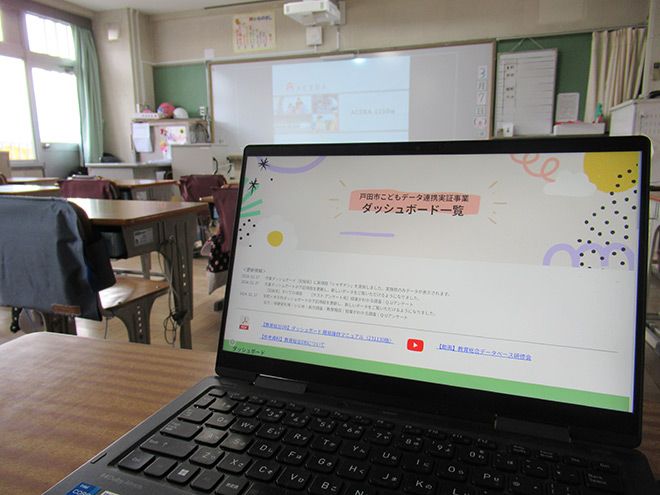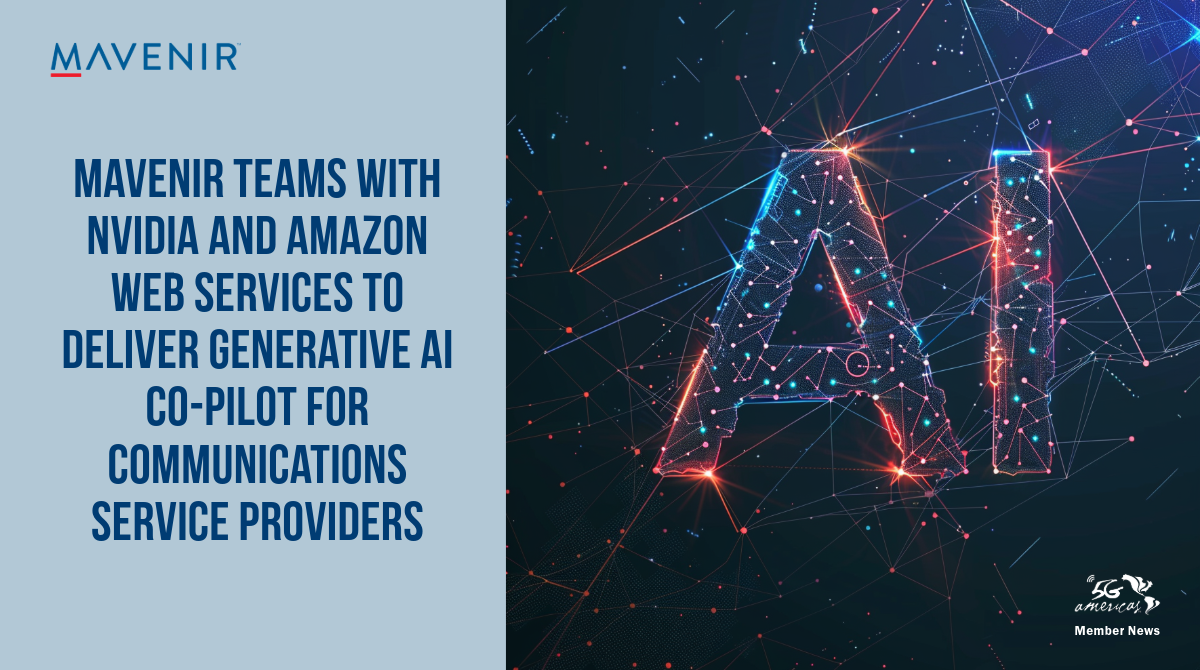TODA, Saitama Prefecture–The old days of the vigilant school faculty are over, with the job now taken up by an artificial intelligence system at Sasame Elementary School here.
However, Naoko Kawakami, the school’s deputy principal, was puzzled when a school computer boasting the AI software recently named a student at risk.
The AI system is designed to alert teachers to children at high risk of absenteeism.
“Why this student?” Kawakami asked, given that there were no obvious signs pointing to a potential problem.
Kawakami soon met with the student’s homeroom teacher to gather input. After some discussion, she said they should together pay close attention to the pupil flagged by the AI program.
Sasame Elementary School is one of 18 elementary and junior high schools in Toda, a city with a population of 142,000, which introduced the AI tool in December to assess the possibility of each student not attending classes.
Hirokazu Yokota, head of the education policy section at the municipal board of education, explained the purpose of adopting the novel system: “We intend to offer “pre-emptive” assistance to students as soon as we can by using data” to prevent them from becoming chronically absent from school.
The AI model analyzes data on students’ attendance, use of a health care room, answers to a questionnaire about school life, the results of achievement tests and daily notes on mental and physical health the pupils write into their respective tablets.
The AI software calculates the absentee risks of the students, showing the results in red, pink, orange and yellow in order of high to low risk.
Only principals and deputy principals have authorized access to the AI system at these schools.
If the names of students whom they have concerns about pop up, they consult with the pupils’ homeroom teachers to ascertain what has been bothering the children.
Kawakami hailed the new system’s proficiency in detecting students at risk.
“It is significant that with only a glance, we can grasp which students might stop coming to school,” she said. “We will continue to observe how the students are doing at school and think about the best approach by using the AI assessment.”
The AI prediction tool was built by Uchida Yoko Co., a trading house specializing in educational products, and Pksha Technology Inc., a software company.
The prediction system evolved from Pksha Technology’s algorithm for evaluating financial risks, including identifying potentially fraudulent insurance policy claims based on signs from applicants’ behavior.
Yu Manabe, who handles the AI prediction model for schools at Pksha, said the software can make more accurate predictions if combined with the natural language processing ability systems that analyzes additional comments students make in a written form.
The Toda city government has supported an effort to build and utilize a database on information associated with children attending schools in the city.
It was spearheaded by Tsutomu Togasaki, who took office in 2015 as the superintendent of education and heads the city’s board of education. He champions the implementation of education policy backed by objective data.
The city moved cautiously toward the use of AI prediction software as it has the potential to affect children’s privacy rights.
A panel of experts on economics of education, protection of privacy and other issues was set up to debate and draft guidelines for applying the AI technology to a prediction mode.
The guidelines, compiled in 2022, stipulate that one of the aims of introducing the AI system is to identify potential absentees at an early stage and offer these students assistance.
The guidelines also stated a list of things teachers should take note of: the use of AI should be limited to a tool that will help bring potential problems to the attention of teachers; the discriminatory treatment of children should be prohibited; and the inner freedom of children should be guaranteed.
Municipal educational officials notified children and their parents of which data teachers are collecting and how they plan to use it.
They also called for support to the deployment of the AI tool by giving an “opt-out” option to parents who are not comfortable about their children’s information being collected and used.
Only a handful of parents refused to sign up with the system, according to the education board.
In Japan, there have been insufficient regulations established on the application of the AI technology, in addition to applying it to predicting which children will likely stop coming to school.
Subsequently, education officials referred to the EU’s AI Act for guidance.
The EU is a leader in efforts to limit the rapidly advancing AI technology, which could have sweeping implications for society as well as the economy.
The AI Act categorizes the technology’s potential threat to human rights and a host of other areas and bans and limits certain applications.
After the discussions, Toda officials agreed that the plan to adopt the AI prediction system would pose no problem in view of the AI Act.
Ayuto Makiguchi, who is well-versed in the AI-based service at Deloitte Tohmatsu Consulting LLC, said that more schools will likely turn to the technology, citing the persistent shortages of teachers.
Still, he urged education officials as well as teachers to keep in mind that what the AI system points to is not a “correct answer,” but merely statistical figures that should be used just as a guide.
Another thing that they should note, he said, is that while society is constantly changing, what the AI technology produces is based on past data.
“Even if a child is not flagged by the AI prediction, teachers may notice something amiss about that particular child from a little gesture,” he said. “Only after teachers focus their efforts on aspects of a child that cannot be quantified, the setup will become meaningful.”
Yokota of the education board also caution teachers not to blindly accept all AI predictions without question.
“At a given time, there is no single correct answer to what we should do to keep students attending school,” he said. “The question will be how to best combine judgments made by humans and AI technology to tackle student absenteeism at school.”




